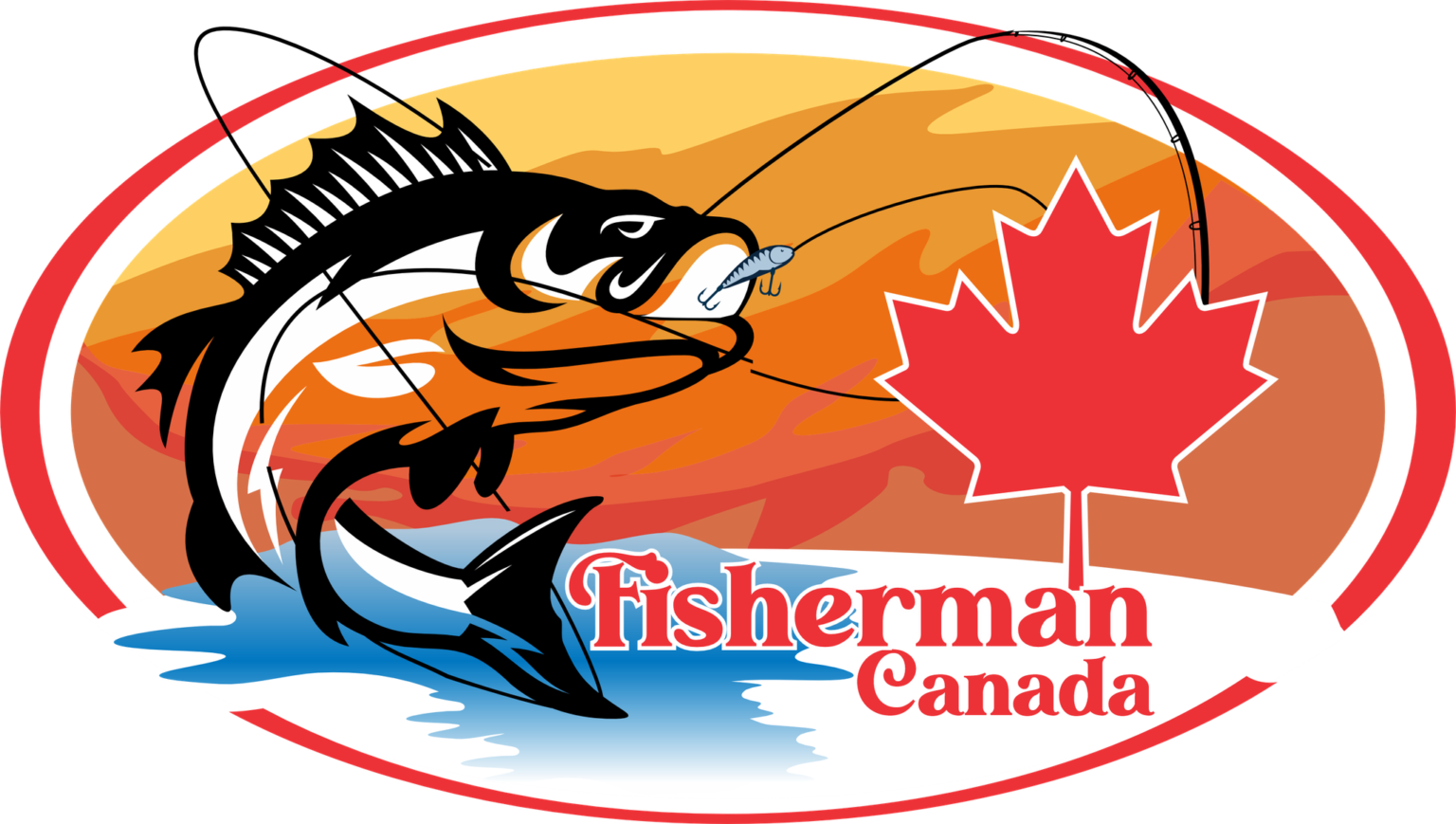Fishing is a very relaxing and rewarding sport. One of the most popular fish species caught by anglers is the bass. There is something special about bass fishing; the elusive nature of the fish, the thrill of the catch, and the challenge of reeling in a big one. In this blog, we will dive deep into the world of bass fishing and explore all the information you need to catch more bass.
What is a bass fish?
Bass is a type of freshwater fish that can be found in many places across the United States. There are two types of bass: largemouth and smallmouth. Largemouth bass are generally larger and more ancient than smallmouth bass, but both species can be found in rivers, ponds, and lakes. Bass has a predatory nature; they prey on smaller fish, crayfish, and other aquatic organisms.
Best time to fish for bass
Bass fishing can be done year-round, but the best time to catch them is during their feeding periods. The prime feeding periods for bass are early morning and late afternoon. This is when the fish are most active and can be easily lured in by bait. During the hotter summer months, bass will move to deeper waters, where the water is cooler. During the winter, they will become less active as they try to conserve energy.
Tips for catching more bass
Catching bass can be challenging, but there are some tips you can follow to increase your chances of success. The first thing you need to do is to find the fish. Look for structures like rocks, underwater ledges, or vegetation where the fish might be hiding. Once you’ve found a good spot, be sure to use the right equipment. A medium to the heavyweight rod and reel is ideal for catching bass. Lastly, use an appropriate bait like worms, minnows, or other natural-looking lures.
Techniques for catching bass
There are several techniques you can use to catch bass successfully. The first is the jig-and-pig technique, where you use a weighted jig and a rubber pork trailer as bait. This works well in murky waters and around vegetation. Another technique is the Texas rig, where you hook the bait through the middle, and it becomes weedless by burying the hook in the bait. This technique is good for fishing around rocks, brush piles, and other underwater structures.
Regulations for catching bass
When fishing for bass, it is essential to adhere to state and local regulations. Most states have a limit on the number of bass you can catch per day and the size of the fish you can keep. Be sure to check the fishing regulations in your area before you head out.
Conclusion:
Bass fishing is a thrilling and rewarding sport that requires patience, skill, and knowledge. Understanding the behavior of the fish, knowing the best time to fish, using the right equipment and techniques, and following regulations will help you catch more bass. Make sure to always follow catch-and-release practices to preserve this magnificent fish species for future generations. With these tips, you’ll be sure to reel in the big one.


